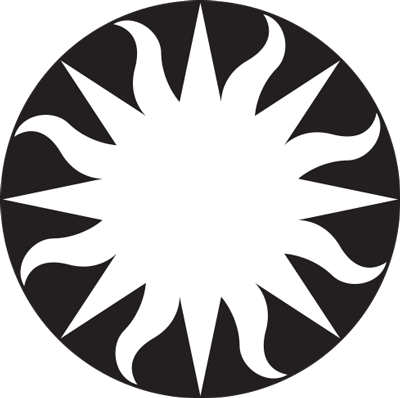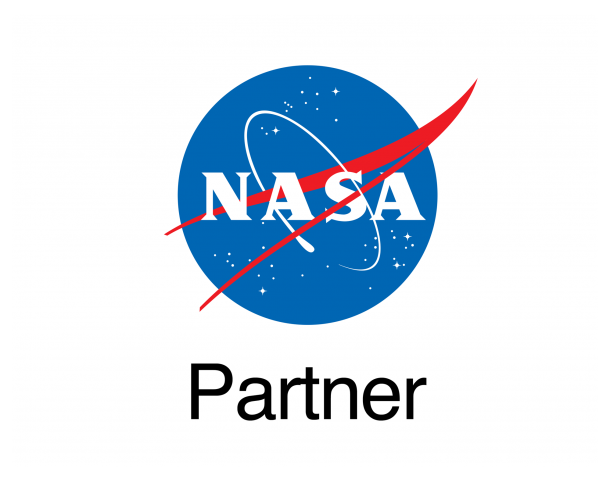Planetary Nebula NGC 2899

stsci_2025-013c April 23rd, 2025
Credit: NASA, ESA, STScI; Image Processing: Joseph DePasquale (STScI)
This Hubble Space Telescope image captures the beauty of the moth-like planetary nebula NGC 2899. This object has a diagonal, bipolar, cylindrical outflow of gas. This is propelled by radiation and stellar winds from a nearly 40,000-degree-Fahrenheit white dwarf at the center. In fact, there may be two companion stars that are interacting and sculpting the nebula, which is pinched in the middle by a fragmented ring or torus – looking like a half-eaten donut. It has a forest of gaseous “pillars” that point back to the source of radiation and stellar winds. The colors are from glowing hydrogen and oxygen. The nebula lies approximately 4,500 light-years away in the southern constellation Vela.
Provider: Space Telescope Science Institute
Image Source: https://science.nasa.gov/missions/hubble/nasa-celebrates-hubbles-35th-year-in-orbit/
Curator: STScI, Baltimore, MD, USA
Image Use Policy: http://stsci.edu/copyright/

- ID
- 2025-013c
- Subject Category
- B.4.1.3
- Subject Name
- NGC 2899
- Credits
- NASA, ESA, STScI; Image Processing: Joseph DePasquale (STScI)
- Release Date
- 2025-04-23
- Lightyears
- 4,500
- Redshift
- 4,500
- Reference Url
- https://science.nasa.gov/missions/hubble/nasa-celebrates-hubbles-35th-year-in-orbit/
- Type
- Observation
- Image Quality
- Good
- Distance Notes
- distance in lightyears
- Facility
- Hubble, Hubble, Hubble, Hubble, Hubble, Hubble
- Instrument
- WFC3/UVIS, WFC3/UVIS, WFC3/UVIS, WFC3/UVIS, WFC3/UVIS, WFC3/UVIS
- Color Assignment
- Blue, Blue, Green, Green, Red, Red
- Band
- Optical, Optical, Optical, Optical, Optical, Optical
- Bandpass
- Central Wavelength
- 438, 502, 555, 656, 658, 814
- Start Time
- Integration Time
- Dataset ID
- Notes
- Coordinate Frame
- ICRS
- Equinox
- 2000.0
- Reference Value
- 141.76719632374, -56.10511680815
- Reference Dimension
- 3900.00, 3894.00
- Reference Pixel
- 1885.51895541382, 1892.19418974782
- Scale
- -0.00001100478, 0.00001100478
- Rotation
- -3.98395835930
- Coordinate System Projection:
- TAN
- Quality
- Full
- FITS Header
- Notes
- World Coordinate System resolved using PinpointWCS 0.9.2 revision 218+ by the Chandra X-ray Center
- Creator (Curator)
- STScI
- URL
- http://stsci.edu
- Name
- Space Telescope Science Institute Office of Public Outreach
- outreach@stsci.edu
- Telephone
- 410-338-4444
- Address
- 3700 San Martin Drive
- City
- Baltimore
- State/Province
- MD
- Postal Code
- 21218
- Country
- USA
- Rights
- http://stsci.edu/copyright/
- Publisher
- STScI
- Publisher ID
- stsci
- Resource ID
- STSCI-H-p25013c-f-3900x3894.tif
- Resource URL
- https://mast.stsci.edu/api/latest/Download/file?uri=mast:OPO/product/STSCI_PR_2025-013/STSCI-H-p25013c-f-3900x3894.tif
- Related Resources
- Metadata Date
- 2025-04-23T16:34:40-04:00
- Metadata Version
- 1.2
Detailed color mapping information coming soon...















